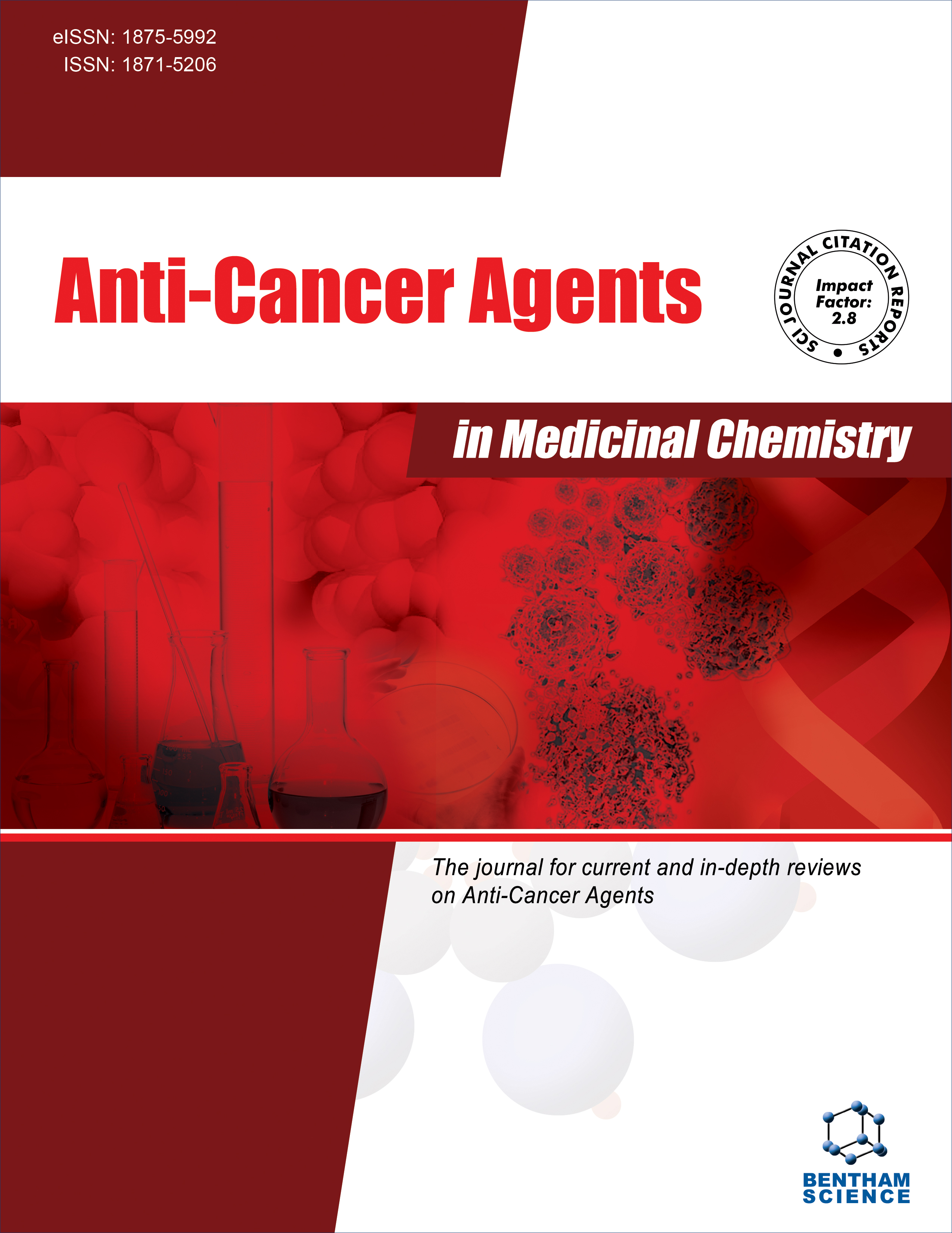
Full text loading...
We use cookies to track usage and preferences.I Understand
This review investigates the outcome of heavy metal contamination on the anti-cancer properties of medicinal plants. Heavy metal pollution is a significant environmental concern globally, often found in soil and water due to industrial activities. Therapeutic plants are recognized because of their therapeutic attributes and their ability to absorbing these contaminants. This study examines how heavy metal exposure modifies the chemical composition and efficacy of medicinal plants against cancer cells. Through a comprehensive review of existing literature and experimental analysis, we explore the mechanisms by which heavy metals interact with bioactive compounds in medicinal plants, affecting their anti-cancer potency. Findings reveal intricate interactions among heavy metals and phytochemicals, leading to variations in cytotoxicity against cancer cells. Comprehending these interactions is crucial for optimizing the utilization of medicinal plants in cancer treatment and for developing approaches to alleviate the impacts of heavy metal contamination on their therapeutic potential. The urgency of this issue cannot be overstated, as it directly impacts our ability to effectively treat cancer and preserve our environment.

Article metrics loading...

Full text loading...
References


Data & Media loading...

